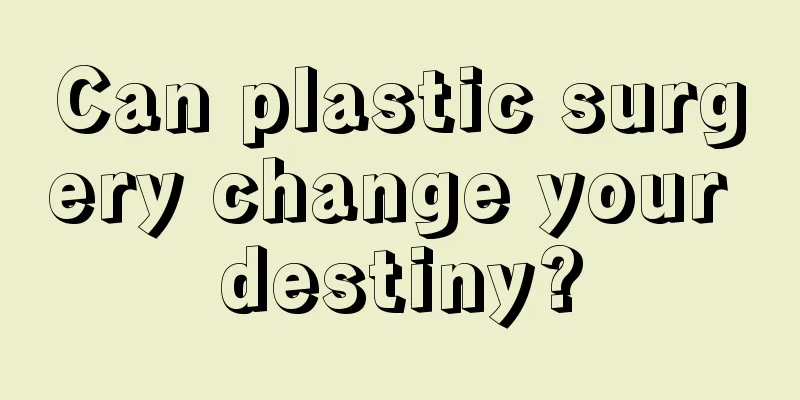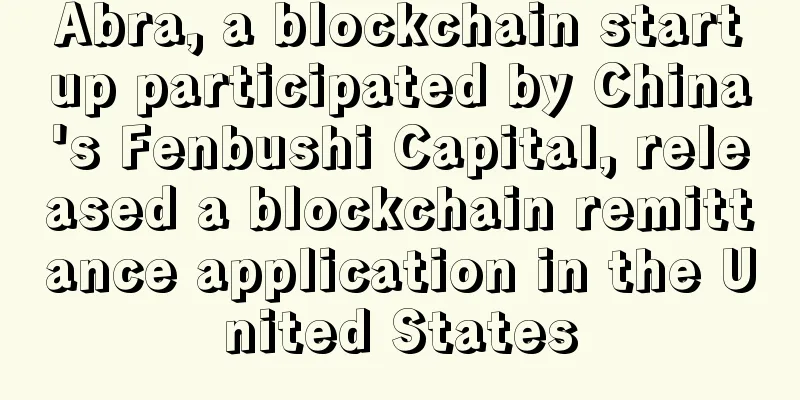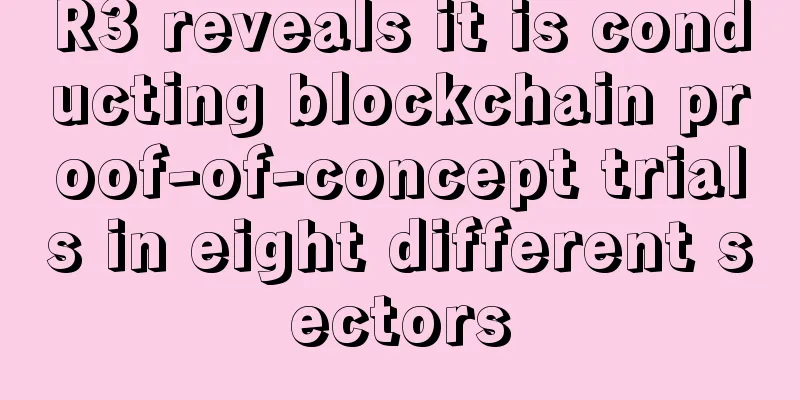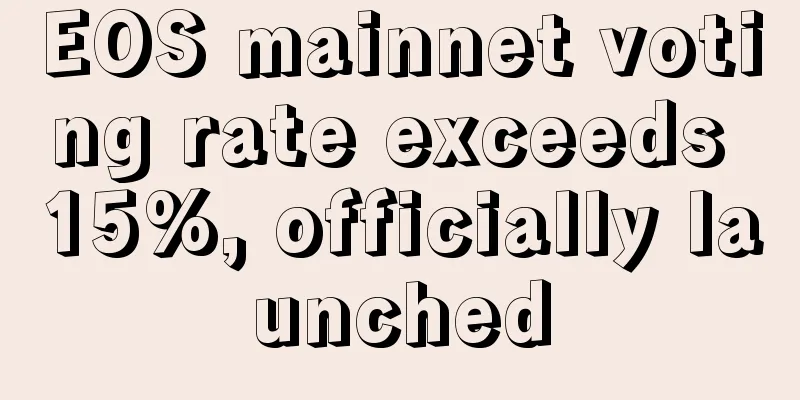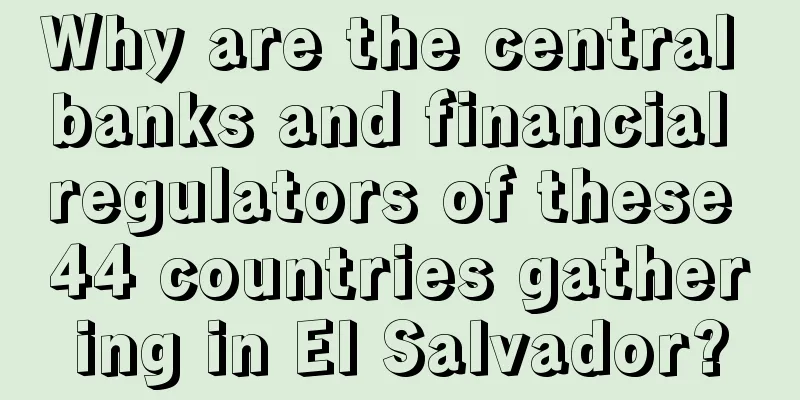Blockchain standard consistency: The industry needs to prepare for it
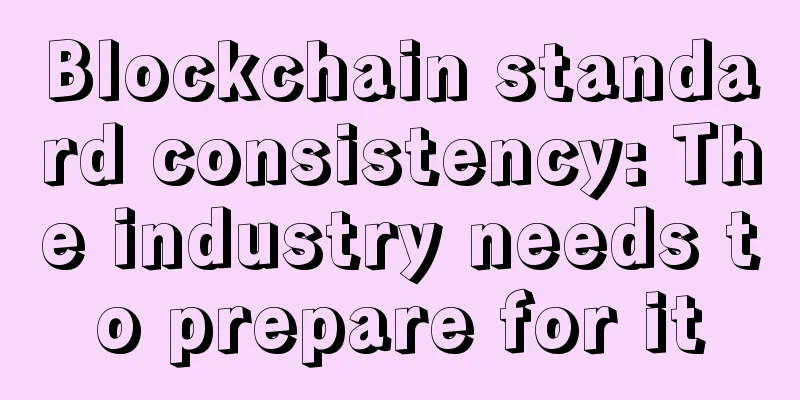
|
On Wednesday, the final day of CoinDesk's 2016 Segment Forum, an in-depth study of enterprise standards for blockchain applications attracted a large number of professionals for in-depth discussion. What was supposed to be an open question-and-answer session featuring author William Mujaya; Simon Taylor, head of blockchain distributed ledger at Barclays; and Vitalik Buterin, creator of Ethereum, eventually evolved into a natural conversation that delved into the standards. At the outset, Buterin describes the differentiation of corporate executives and managers driven by standards, because different invisible standards are required for people to improve in actual technical application work. “Standardization is something that people, especially business people, love to talk about,” he told attendees. “It’s kind of a departure from the need for standardization among developers. I sometimes wonder, ‘Well, where do we even start? How do you know what standards people are looking for?’ ” The subsequent question and answer (Q&A) session further enhanced the interaction and game of communication, and discussed the specific and precise standards that should be pursued and established in this industry. First of all, all participants hope to avoid the useless work of "reinventing the wheel" to a considerable extent when formulating standards, or to promote the development of industry standards by benchmarking or drawing on existing standards of other technology industries. Just as important, workshop participants said, is the need to avoid making any type of standard an invisible burden on developers and startups as they work to create industry standards. This was also brought up during the Q&A session and later in the breakout sessions. "We need to give the technology time to develop and give the standards developers time to create their work," said one participant. Other areas of interest include the development of standards for open and closed blockchain networks; the relationship between programming languages; privacy and standards for specific elements such as smart contracts. Finally, the discussion board concluded that more collisions of ideas and debates are necessary and meaningful. Although this brings together a large number of participants, more long-term solutions for blockchain standards have begun to sprout from the industry itself. |
<<: Japan Officially Recognizes Bitcoin and Cryptocurrencies as Currency
Recommend
What is the personality of a person with puffy eyes?
If a person's eyes are puffy and he has multi...
The face determines the children
The origin of physiognomy is inseparable from the...
JPMorgan's retail clients can now invest indirectly in cryptocurrencies
JPMorgan Chase & Co. is allowing its wealth m...
Who is forking Filecoin?
Is Filecoin fork a $500-1 billion business? On Ju...
Why are second marriages more likely to result in quarrels? What are the facial features?
We all hope that our marriage will be smooth sail...
People who will stay at home on New Year's Day
For most people, when they have holidays, they na...
Are women with half eyebrows cruel and emotionally indifferent?
In reality, many times our problems lie in the fa...
Judging good or bad luck from facial complexion
People often come to me for fortune-telling, most...
Teach you to understand the blockchain technology behind Bitcoin
Since Bitcoin was created in 2008 by an unidentif...
Institutions sold 230,000 Bitcoins in the past two months: Who is selling and why?
236,237, which is the known large institutional B...
[Bold Prediction] What kind of surprises will Filecoin bring to miners after the mainnet goes online?
Filecoin, the most popular project in 2020, is mo...
How to tell your love luck from the shape of your eyes
The eyes are the windows to the soul. This is an ...
Why was Bitmain able to submit its listing application secretly?
According to Tencent News’ Qianwang, a week befor...
CKB and RGB++ transform into Bitcoin's second layer: Why did it increase by 300% in one month?
Bitcoin has finally stabilized above $70,000. Wit...
Breaking news: Starlink SX blockchain network 1 million SX airdrop, the first round of public offering!
1. An interesting and soulful potential stock, st...


